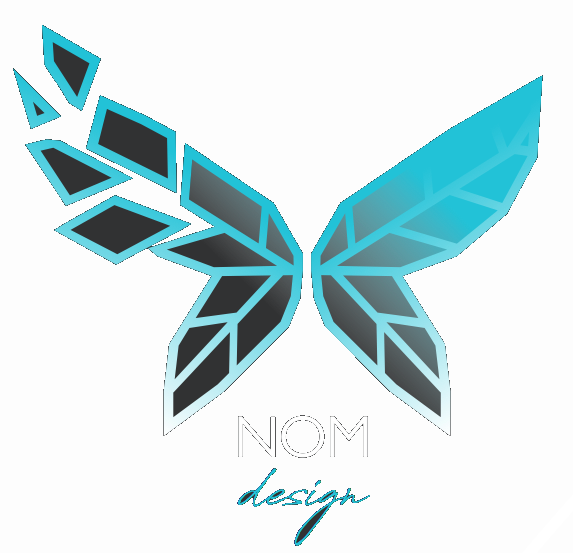How Important is Light When Designing an Event?
I would like to say that lighting is everything, but I don’t want to underestimate the importance of the overall design. So, let’s just say it’s a very important part. There’s no point in designing a beautiful space and then leaving it in the dark.
It really doesn’t matter what space we’re talking about; it needs to have light. Yes, some venues may have general, overall lighting, but if you want to create a specific atmosphere or draw attention to something, extra lighting is necessary.
When evaluating venue spaces, it’s crucial to review the lighting options already in place. Sometimes, the venue will have light groups or dimmable lights you can use to your advantage. However, in most cases, the existing lights will be dimmed, and additional lighting will be added to transform the space.
As a designer, you need to go over the entire layout and mark areas or spots where lighting is necessary. You also need to have a clear vision of what kind of lighting you want in those areas.
Depending on the technical company you’re working with, you need to understand which areas they will cover and which they won’t. Some companies only cover the stage and general lighting in the room, while others may think about the catering area, the entrance, or the photowall. This is why it’s essential to discuss these details with your technical partner during the planning stage so you don’t miss anything.
I always review the lighting setup with the technician before the event, checking the tones and where more or less lighting is needed. The angles are also important, but ideally, this can be covered during the planning stage. This is because once everything is set up, you won’t have the flexibility to adjust lighting placement.
Pin lights are great for illuminating table settings, but they require a specific layout plan, with exact measurements for where the lights must be placed. You can’t rearrange the furniture later and think, “Oh, let’s adjust the table settings now,” after the technical setup is already in place. Construction work should always come first, which includes the truss construction for lighting and sound. These technical setups can take days, depending on the scale of the event.
I do leave some space open where I might place items, but it’s also something I think about in terms of how I’ll light it up. For that, battery-powered lamps are a great option, as they give you flexibility. There are tubes, spotlights, and bars that you can place wherever you need them. However, there are two things to consider. First, battery-powered lights have a limited runtime, depending on the battery age and the color temperature of the light. Second, angles matter—if you want to highlight something in its full glory, front-facing light is the best option.
It’s also possible to use gobo lights, which involve lenses with specific shapes that project an image or design. This creates a contrast where everything around it is dark, and only the shape itself is illuminated. Gobo lighting requires precise measurements on-site and more planning, so you’ll need to ensure you can place lights at higher points or use stands if you want front light.
When placing the lights, you must consider their positions. If an item is placed in front of a backlit background, the item itself will be in shadow and appear dark. To make it stand out, you’ll need to use front-facing light to highlight it and ensure it pops.
Color Considerations:
Color is another key aspect of lighting. In natural daylight, colors appear as we expect, but artificial light can drastically change how colors look. If not done properly, lighting can ruin your whole design.
It’s important to understand the atmosphere you want to create, which items you want to emphasize in their true colors, and which ones you may not mind altering. It’s helpful to experiment or test color combinations at home to see how different lighting affects colors. For example, if you shine strong green light on pink furniture, it can make the furniture appear more orange or brown.
To emphasize certain colors, use light that matches the item. Green light works well on green plants, red light on red furniture, and so on. The atmosphere of the event will guide your choices. For a relaxed event, warm colors like yellow or orange work well, while red can create focus and blue can encourage creativity.
Lighting isn’t just about illuminating the space—it has a huge impact on emotions and the overall experience. As a designer, it’s your job to ensure that lighting, along with all the other design elements, work together to create the right atmosphere.










0 Comments